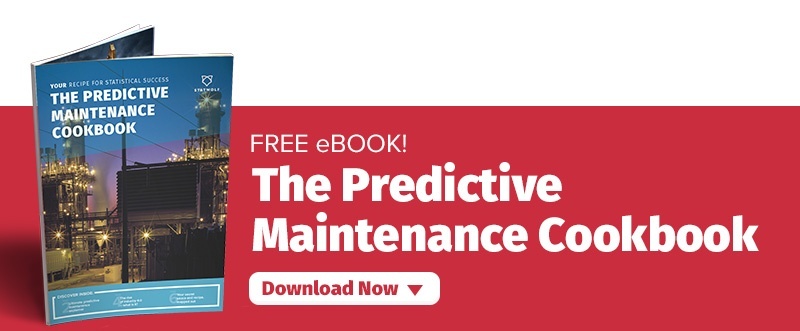On the fence? Here’s the business value of data analytics
The value of data analytics is embedded in its ability to transform business processes. Efficiency, productivity and speed-to-market are at the root of profitability – but actionable insights generated from statistical analysis are the secret weapon.
The emerging competitive advantage of data analytics isn’t without its obstacles – namely the people, skillsets and platforms required to implement data analytics at the ground level.
Companies that overcome the challenge can apply their findings across a variety of operational tasks, and reap the return on investment that comes with it.
Hiring shortage spawns a self-service, data-driven culture
The value of minerals such as gold or silver is high because demand outstrips supply. The same relationship is taking place in the field of data science.
Big Data has been adopted worldwide, but gathering the information is different from utilising it to see a business value. Unfortunately, that’s where the trouble lies – job listings for data specialists in the US remain open for five days longer than the market average as the specialist skills are difficult to find.
Organisations are overcoming the hiring obstacle by developing a culture that encourages the development of a self-service, data-driven workforce. Customisable platforms that leverage machine learning can provide dashboards to make information more accessible to people who are tasked with implementing insights.
Self-service functionality means businesses can automate the extraction, analysis and visualisation of Big Data, bypassing the need for a data scientist. It can be a powerful support tool for larger projects – especially with platforms that have machine and deep learning capabilities.
Predictive models and data visualisation
Being able to manipulate data is the initial barrier; to realise its true business value, businesses need to know where and how to apply the insights.
Gathering historical data can fuel predictive analytics, which allows organisations to predict a variety of operational aspects with a varying degree of accuracy, for example:
- When the best time of year is to start sales for individual items.
- How revenue will change based on internal and external factors.
- When machines will need to go offline for maintenance to avoid long-term delays.
With self-service platforms, companies gain all the assets that decision-makers need to accurately identify key areas for improvement and to make changes that have a resounding impact on the bottom-line.
One company told Digitalist Magazine that it was able to save roughly 28,000 hours of work each year with data analytics. That’s 14 full-time staff members – and all because of intuitive software that facilitated the ease of adoption.
A core aspect of effective self-service and a data-driven culture is the inclusion of a visualisation tool that allows staff at all levels to extrapolate findings without needing a degree in a certain field to do so.
It’s an ideal addition for any department, from marketing to operations managers, and helps to ground the value of data analytics in actionable insights. Ultimately, if a business can’t use the information it’s gathering then it doesn’t create any added value.
Utilising Big Data to streamline production and spot inefficiencies
Big Data is often so useful because it reveals operational inefficiencies. Much of the magic lies with Industry 4.0 and using IoT-enabled sensor technology to track every aspect of production, from the assembly line to delivery.
Depending on the particular industry and inventory, businesses have been able to save an average of 30 percent on gross margins within 24 months after implementing data analytics, according to McKinsey & Company.
One automobile manufacturer, for example, cut down on possible configurations of a certain model to roughly 13,000 using customer-backed statistics. Its competitor offers over 27,000,000 configurations – which is significantly more expensive.
Finding operational inefficiencies can seem like a daunting task at first, which is why the Harvard Business Review recommends implementing the following principles to ensure you consistently realise the most business value:
- Complex issues don’t need equally convoluted models – get the most out of your simple algorithms.
- Don’t limit yourself to one problem, and instead seek to take on as many issues as possible to get a large array of results.
- Comprehensive data sets are great, but not every hypothesis needs a complete data set to yield a verifiable conclusion.
- Leverage automation, both on the assembly line and through your data analytics dashboard.
Follow these stats and data analytics will become a rich part of your organisation.
Get started with data analytics today
Every day spent without granular insight into an organisation’s operations is a waste of a day.
Harness the power of Big Data today with our powerful, customisable data analytics platform. Contact us today for more information, or to schedule a free consultation.



